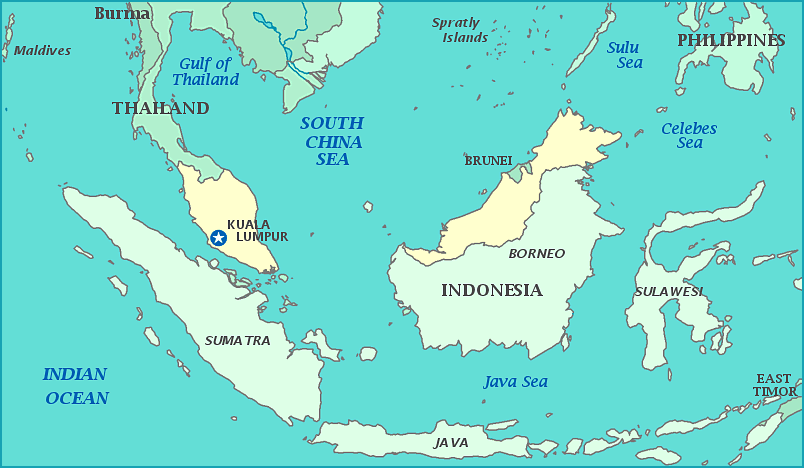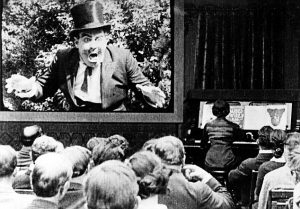The basis for the action movie was formed from a variety of sources all of which pre-dated the invention of cinema. It is there in the swashbuckling stories of novelists like Alexandre Dumas and Sir Walter Scott, or the heroics of Odysseus and Hercules in Greek Mythology.
In folklore, there is Robin Hood, William Tell and other characters designed to right the wrongs visited upon the oppressed. Theatre’s influence on film is rarely acknowledged, but Hamlet was an expert swordsman and Shakespeare knew audiences loved a bit of action.
The Silent Era
There was no sound until 1927 so films were reliant on a combination of camera angles, performance and editing. Cue cards occasionally revealed a snippet of dialogue or an explanatory description of the plot, but filmmakers had to keep the attention of the audience by letting the images speak for themselves.
It may surprise viewers unfamiliar with the silent era and put off by the lack of sound to see how quick these films move, how full of life and energy the performers are. Some of the early talkies look staid in comparison, as if the discovery of sound meant there was no need for movement any more, both in terms of direction and performance.
The Western
Another influence is the Western. Cinema was born while the legends of the Wild West still lived. Wyatt Earp even ended up working as an advisor to filmmakers in Hollywood. Men like Earp and Billy the Kid were mythologized in dime store comics and it makes sense these stories would help the Western to become the first viable genre to emerge. All the elements of the action film are present; the good guy versus the bad in a contest decided by violence, either for the protection of the innocent, or for revenge.
Douglas Fairbanks – The Original Action Hero
Fairbanks tends to be overshadowed by his swashbuckling predecessor Errol Flynn these days, even though his influence on movies far outweighs his fellow Robin Hood. Together with director Fred Niblo he created the first great action movie, The Mark of Zorro (1920).
Fairbanks was an innovator, aware of cinema’s growing cultural importance and of movies being here to stay. Together with D.W. Griffiths, Charlie Chaplin and Mary Pickford he formed United Artists and even had a hand in creating the UCLA’s film department.
Everybody who has followed after Fairbanks owes him a debt of gratitude. Especially in the action genre where his swashbuckling spirit can be seen to have influenced the likes of Errol Flynn and Tyrone Power while his inventive stunt-work should be appreciated by fans of Jackie Chan.
Douglas Fairbanks Invents the Movie Swashbuckler
Fairbanks was in his late 30’s when he starred as Zorro, having made his name in romances and comedy. Fairbanks was so unsure The Mark of Zorro would be a success he made a backup film, a contemporary piece, called The Nut (Theodore Reed 1921) just in case. There was no need to worry though. Already the most bankable star around, Zorro lifted Fairbanks into a different league. Fairbanks turned to Alexander Dumas next, playing D’Artagnan in a version of The Three Musketeers (1921) with Niblo again directing.
Fairbanks was on a roll, but he took some convincing to star in his next project Robin Hood (Allan Dwan 1922). Though overlong even by today’s standards, Robin Hood, was a huge hit. The Thief of Baghdad (Raoul Walsh 1924), Don Q: Son of Zorro (Donald Crisp 1925), The Black Pirate (Albert Parker 1926)and D’Artagnan again in The Iron Mask (Allan Dwan 1929) augmented Fairbank’s status as the first great action hero at the movies.























